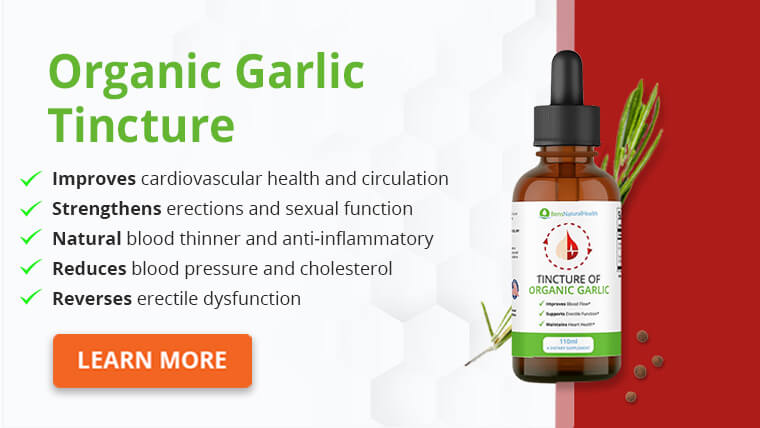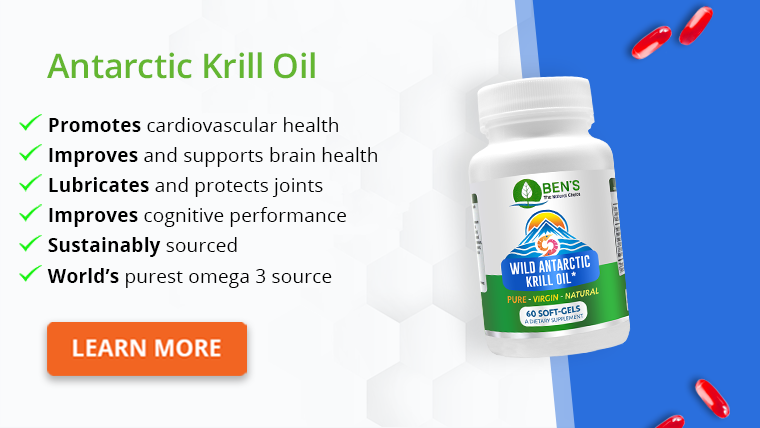A low-sodium diet limits the consumption of sodium to no more than one teaspoon of table salt.
A low-sodium diet should only be followed under medical supervision.
Your doctor might recommend a low-sodium diet if you have certain medical conditions, such as high blood pressure, heart disease, or kidney disease.
We share what foods you should avoid on a low-sodium diet, low-sodium meals to eat, and tips on how to reduce salt in food.
11 Foods To Avoid On A Low-Sodium Diet
Generally, you want to avoid processed and ultra-processed foods on a low-sodium diet since they are the ones to contain the highest levels of sodium.
Below is a list of high-sodium foods to avoid on a low-sodium diet:
1) Processed meats
- Sausage
- Ham
- Bacon
- Lunch meats
- Beef jerky
- Hot dogs
2) Frozen dinner
- Frozen pizza
- Frozen meats
- Other frozen ready-to-eat meals
3) Fast foods
- Pizza
- Burgers
- Fries
- Fried chicken
4) Salty snacks
- Chips
- Pretzels
- Salted nuts
- Salted crackers
- Salted popcorn
5) Canned products
- Soups
- Vegetables
- Pasta
- Meats
- Tuna
6) Cheesy and dairy products
- Cheese spread
- Cheese
- Cottage cheese
- Buttermilk
- Salted butter
7) Boxed meals
- Mac and cheese
- Rice meals
- Ramen
8) Baking mixes
- Cookie mixes
- Waffle mixes
- Pancake mixes
9) Baked goods
- Bagels
- Bread
- Salted rolls
- Croutons
10) Sauces and condiments
- Salsa
- Tomato sauce
- Soy sauce
- Salad dressing
- Gravy
11) Pickled vegetables
- Pickles
- Olives
- Sauerkraut
Now, not all processed foods are bad for you. It all depends on the ingredients and their formulation.
Later in the article, we’ll go over how to choose a low-sodium processed food by reading its nutritional label.

13 Foods To Eat That Are Low In Salt
Natural foods are the best low-sodium foods you can include in your diet plan.
The following are foods that are safe to eat and won’t cause your sodium levels to skyrocket:
1) Fresh or frozen fruits
- Berries
- Apples
- Plums
- Oranges
- Kiwi fruit
- Bananas
- Pears
- Pineapple
2) Fresh or frozen vegetables
- Mushrooms
- Zucchini
- Broccoli
- Cauliflower
- Cucumber
- Tomatoes
- Leafy greens
- Peppers
3) Grains and legumes
- Beans
- Lentils
- Chickpeas
- Quinoa
- Brown rice
- Black rice
- Farro
- Whole wheat pasta
4) Starchy vegetables
- Potatoes
- Sweet potatoes
- Parsnips
- Butternut squash
5) Fresh or frozen meats
- Chicken
- Turkey
- Beef
- Pork
- Fish
- Seafood
6) Eggs
- Whole eggs
- Egg whites
7) Low-sodium soups
- Homemade soups
- Low-sodium canned soups
8) Healthy fats
- Olive oil
- Coconut oil
- Avocado oil
- Avocado
- Flax seed oil
9) Unsalted nuts and seeds
- Peanuts
- Almonds
- Cashews
- Pistachios
- Flax seeds
- Chia seeds
- Hemp seeds
10) Dairy products
- Yogurt
- Milk
- Unsalted butter or ghee
- Low-sodium cheeses
11) Low-sodium baked goods
- Bread
- Tortillas
- Whole grain bagels
- Unsalted crackers
12) Condiments and herbs
- Vinegar
- Mayo
- Mustard
- Low-sodium dressing
- Low-sodium sauces
- Basil
- Oregano
- Thyme
- Sage
13) Beverages
- Coffee
- Tea
- Water
| Foods to eat | Foods to avoid |
| Fresh or frozen fruits | Frozen dinners |
| Fresh or frozen veggies | Fast foods |
| Grains and legumes | Boxed meals |
| Starchy vegetables | Pickled vegetables |
| Fresh or frozen meats | Processed meats |
| Eggs | Baking mixes |
| Low-sodium soups | Canned products |
| Healthy fats | Baked goods |
| Unsalted nuts and seeds | Salty snacks |
| Dairy products | Cheese and certain dairy products |
| Low-salt baked goods | Salty sauces and condiments |
| Condiments and herbs | |
| Water |
Tips To Help You Avoid Sodium
Here are some tips for following a low-sodium diet.
1) Don’t Place The Salt At The Table
Removing the salt shaker from the table prevents you from adding too much salt to your food.
In some cases, it is a habit to grab the shaker without even thinking about it. So, next time, place the salt shaker elsewhere.
2) Use Herbs And Spices
A low-sodium diet plan doesn’t have to be boring, but you do need to pay attention to adding other ingredients to add flavors.
Herbs and spices are a great way to pack a punch of flavor into your meals without relying on salt.
Prevent buying already-made spice and herb mixes since they might contain sodium. Instead, try making them at home.
Here are some low-salt mixes you can try:
- Chili seasoning: chili powder, cumin, garlic powder, cayenne pepper, pepper, and oregano.
- Taco seasoning: chili powder, paprika, cumin, onion powder, garlic powder, cayenne, pepper, and oregano.
- Italian seasoning: basil powder, onion powder, garlic powder, rosemary powder, sage, marjoram, oregano, and thyme.
- Curry seasoning: turmeric, coriander, cumin, ground mustard, cardamon, ground cloves, nutmeg, and cayenne.
3) Read The Nutrition Label
Not all processed foods are bad; it all depends on the ingredients and their formulation.
Reading the nutritional label can give you an idea if the food is suitable for a low-sodium diet.
To ensure it is a low-sodium food, it should have less than 140 mg per serving. Be mindful of the portion size and if there are ways to reduce the sodium content.
For example, if you are buying canned vegetables, you can rinse them before eating them to wash some of the sodium off.
4) Don’t Confuse Low Sodium With Lower In Sodium
There is a difference when food is said to be lower in sodium, low in sodium, and reduced in sodium.
While they can offer a lower sodium content, it doesn’t mean they are free from it.
In fact, in some cases, it just means they might have 25% less sodium than the original product.
For that reason, it’s still important you read the nutritional label thoroughly and select those that hopefully have less than 140 mg of sodium per serving.
5) Limit Processed Food Intake
While it might be tempting to eat processed foods since they are easily available and, in some cases, ready-to-eat, they can be high in sodium.
The best way to follow a low-sodium diet while still including some processed foods is by following the 80/20 rule.
This means 80% of your foods should be fresh, and only 20% should come from processed sources.
6) Be Careful When Eating Out
Restaurants and fast food places can provide ridiculous amounts of sodium in their foods.
For example, a simple burger might provide 50-100% of the daily recommended intake of sodium.
That is why you need to be careful about what you order when going out.
When grabbing a bite at a restaurant, try to keep things simple. The fresher the ingredients, the more likely it is going to be lower in sodium.
For example, instead of ordering mashed potatoes, opt for a baked potato. Or, instead of getting the bowl of cream soup, have a salad with the dressing on the side.
7) Cook More At Home
Now, the best way to control the amount of sodium is to cook more at home.
When you cook at home, you can control how much sodium you add and the type of ingredients you use.
It might sound challenging, but meal prepping can make it easier to stay on track and have more home-cooked meals.
By meal prepping, you can also make some extra meals and freeze them to have ready-to-eat meals when needed.
Low-Sodium Diet Plan: Recipes To Try
If you don’t know what low-sodium meals to make, here are some examples of easy low-sodium recipes for you to try at home:
5 Benefits Of A Low Sodium Diet
While sodium plays an important role in the body, limiting sodium intake seems to bring several health benefits.
Here are some of the possible benefits you might experience when following a low-sodium diet:
- Normal blood pressure.
- Reduced risk of heart disease.
- Less fluid retention.
- Healthy kidney function.
- Feeling less bloated.

Are There Any Risks Of A Low-Sodium Diet?
As we’ve seen, following a low-sodium diet can bring several benefits. However, lowering your sodium too much can have several consequences and risks.
So, what can happen if you lower your sodium intake too much?
Increased risk of insulin resistance
While the studies are still mixed, a study showed that people following a low-sodium diet for seven days had increased insulin resistance.
Increased risk of heart failure
Even though we previously talked about how low sodium levels might decrease the risk of heart failure, for some people, depending on the intake, some evidence suggests that it might actually increase the risk of it.
Increased risk of hyponatremia
Low sodium blood levels can lead to headaches, muscle cramps, coma, seizures, and possible death.
Conclusion
Following a low-sodium diet can bring several health benefits, such as reduced blood pressure and a decreased risk of heart and kidney problems.
The recommended intake for a low-sodium diet is less than 2,300 mg of sodium daily. However, your doctor might recommend a lower intake, depending on the situation.
With that said, remember that a low-sodium diet should be followed under medical supervision.
Reducing sodium too much can lead to hyponatremia, increased risk of insulin resistance, and possible heart conditions.
Still, since most people consume a large sodium intake and eat sodium-rich foods, there is no damage in focusing on limiting processed food intake and trying to eat more natural and unprocessed foods.
Not only can it reduce sodium intake, but it can provide overall wellness thanks to the increase of essential vitamins and minerals.
Explore More







